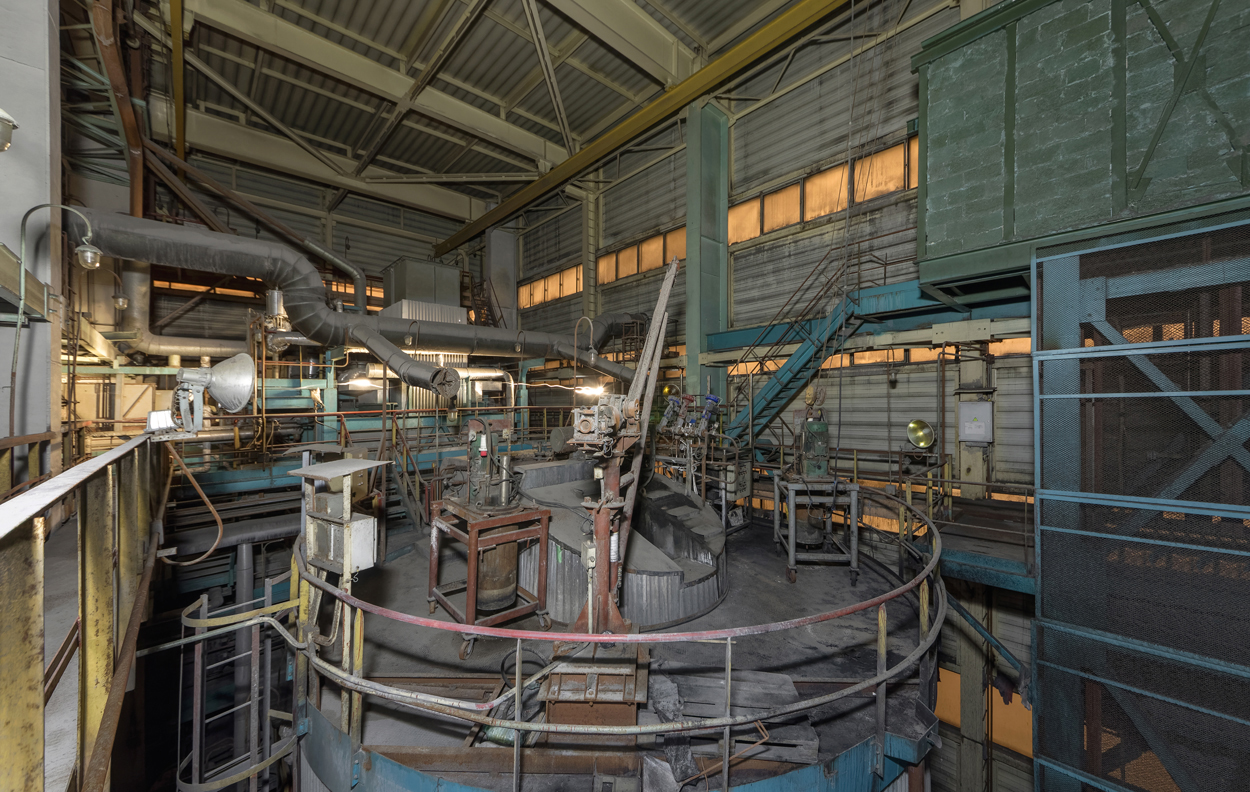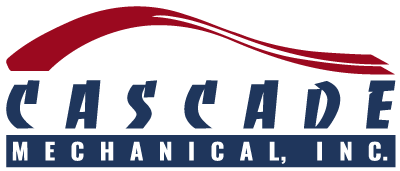
Although both chillers and cooling towers are used for similar cooling purposes, there are many differences between the applications. Let’s compare the two cooling systems below.
What Are The Differences Between Chillers And Cooling Towers?
Heat is directly removed from the coolant while chillers are operating. Heat is then immediately transferred to the surrounding air. This is an essential piece of a chiller’s overall cooling process.
Meanwhile, cooling towers, will remove heat from the water that is discharged from a condenser. Any factory or plant that chooses a tower system that is not suited for the area will struggle to adequately cool its surroundings. Both chillers and cooling towers produce similar results, but because of varying features the two systems are utilized in different settings.
Cooling towers are used in the following settings:
- Thermal power stations
- Power plants near water
- Oil and gas refining facilities
Chillers are found in the following settings:
- Wineries
- Microbreweries
- Plastic-industry plants
Chiller Types
There are two main types of chillers in circulation today: air-cooled and water-cooled chillers. Let’s take an in-depth look at both units.
Air-Cooled Chillers
Air-cooled chillers absorb heat from water, transferring the heat outside of the system as a result. The heat then flows back into the air surrounding the unit. Once the air is transferred outside, the temperature plummets drastically. These models are ideal for factories that do not produce lots of heat.
Water-Cooled Chillers
Water-cooled chillers are usually combined with a cooling tower for large-capacity applications. This includes water-jet cutting and food processing plants. The combination of these chillers and cooling towers allows for peak efficiency. These chillers have been shown to produce an excess of heat at times, which is a downfall of this system.
Cooling Tower Types
Compared to chillers, there are many more cooling tower models to choose from. Below is a list of the most common cooling towers today.
Crossflow Cooling Towers
These towers are designed to make the hot process water flow down the media fill naturally. This process occurs while the air blows horizontally, cooling the water down simultaneously. This tower gets its name due to its airflow direction. Hot water basins are located right above the fill, allowing the water to distribute evenly.
Counterflow Cooling Towers
These models feature the hot water flowing downward onto the cold water basin. The air then enters a lower section, though some models may differ. Air will flow upward, passing through the water in the fill, resulting in a cool down phase. In these towers, air flow is free.
Forced Draft Cooling Towers
Commonly found in industrial plants, forced draft towers are powerful and cost-effective. In these towers, low-potential heat is removed while undergoing the production process. A counterflow of water and air comes about in the heat transfer.
Induced Draft Cooling Towers
A fan featured at the top of the tower will pull the air upward in these units. The fan induces the hot and moist air out of the discharge, entirely. Then, a powerful exiting air velocity occurs. Induced drafts do prevent discharged air from flowing back into the intake point.
Factory Assembled Cooling Towers
HVAC and industrial applications that do not require a high cooling efficiency tend to choose these models. These towers can be custom designed to suit the needs of a plant. These towers offer easy installation and transportation.
Cascade Mechanical HVAC Services In Tempe, AZ
Need commercial AC repair in Phoenix Arizona? Call Cascade Mechanical, Inc. at 602-233-3265. We offer complete commercial HVAC services like chiller tube repair cooling towers, and heat exchangers to Scottsdale, Phoenix, Mesa, Gilbert, Chandler Arizona and more!





